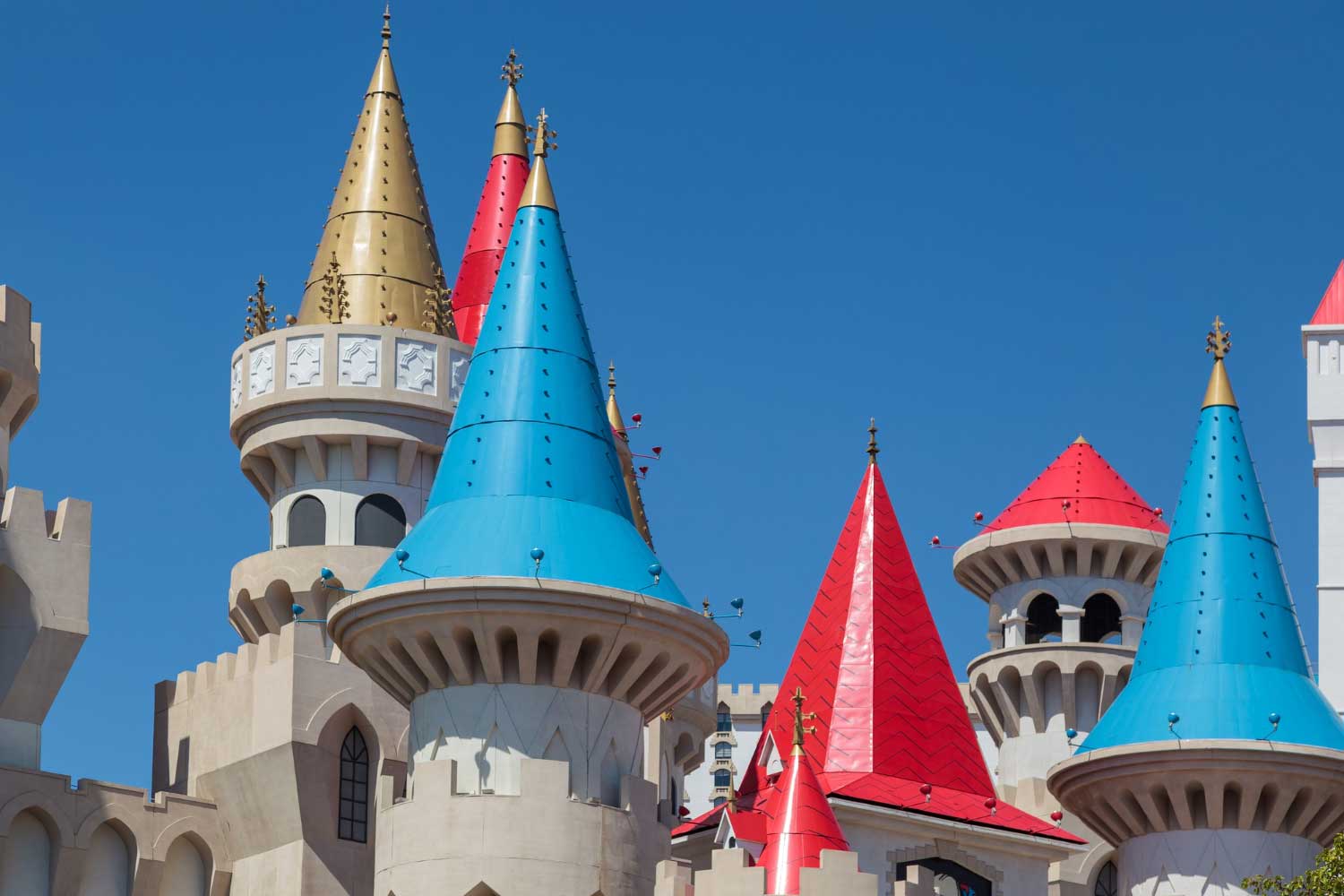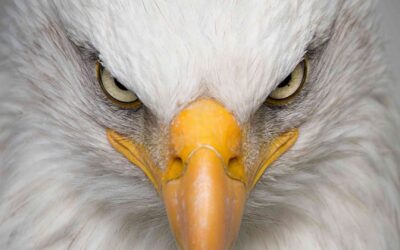Euro Disney, now known as Disneyland Paris, opened its doors in 1992 with much fanfare and excitement. However, what was supposed to be a magical experience for visitors turned into a financial disaster for the Walt Disney Company. The park failed to attract enough visitors, resulting in billions of dollars in losses, and had to be rescued by a consortium of banks.
So, what went wrong? And what lessons can we learn from this colossal failure?
One of the main issues with Euro Disney was a lack of understanding of the local culture and market. Disney, with its American roots, failed to appreciate the differences in French and European culture and did not tailor their experience to reflect this. For example, Euro Disney only offered alcohol-free beverages, which did not go over well with the French, who like to enjoy a glass of wine or beer with their meals. Additionally, the park’s opening hours were not compatible with the European lifestyle, with many visitors expecting to enjoy late-night activities.
Disney, with its American roots, failed to appreciate the differences in French and European culture and did not tailor their experience to reflect this.
Another problem was the high cost of admission, accommodation, and food. Euro Disney was marketed as a high-end destination, with the expectation that visitors would be willing to pay a premium for the Disney experience. However, the park was competing with other popular tourist destinations in Europe, which offered more affordable options. The result was that many visitors chose to spend their money elsewhere, resulting in a lack of revenue for the park.
The design of Euro Disney was also criticized, with many Europeans finding the Americanized version of Disneyland to be too fake and over-the-top. The park’s layout and rides were designed to appeal to an American audience, and did not incorporate local elements that would have resonated with European visitors. This lack of cultural sensitivity alienated many potential visitors who were looking for an authentic European experience.
So, what can businesses learn from Euro Disney’s failure? First, it is essential to understand the local culture and market when launching a new product or service. This includes adapting marketing efforts to resonate with local audiences, and understanding their values and preferences. Additionally, pricing strategies must take into account the competition and the local market’s expectations, ensuring that the product or service is accessible and affordable to the target audience.
Marketing agencies must also be aware of cultural differences and incorporate elements that resonate with the local culture into their designs. This will ensure that the product or service is perceived as authentic and relevant to the target audience.
Euro Disney’s failure provides valuable lessons for marketing and design agencies. By understanding the local culture and market, tailoring marketing efforts, and incorporating local elements into designs, businesses can avoid making the same mistakes and achieve success in new markets.



